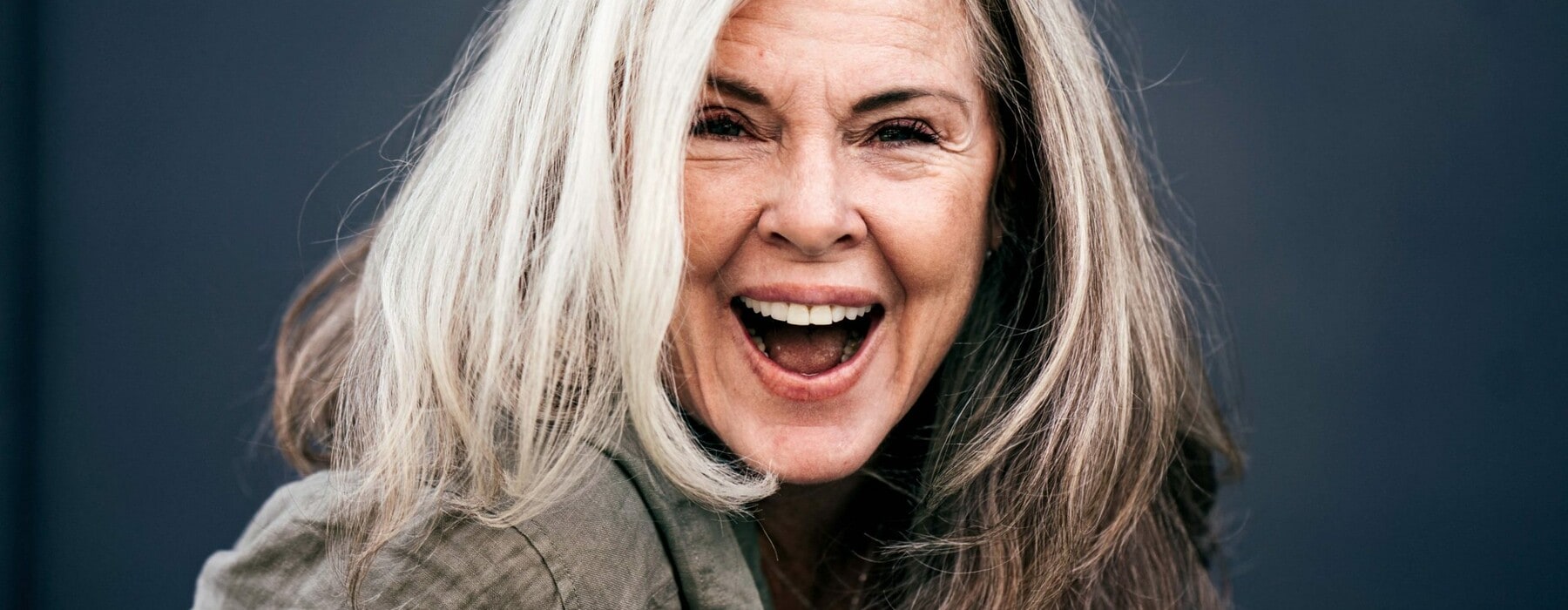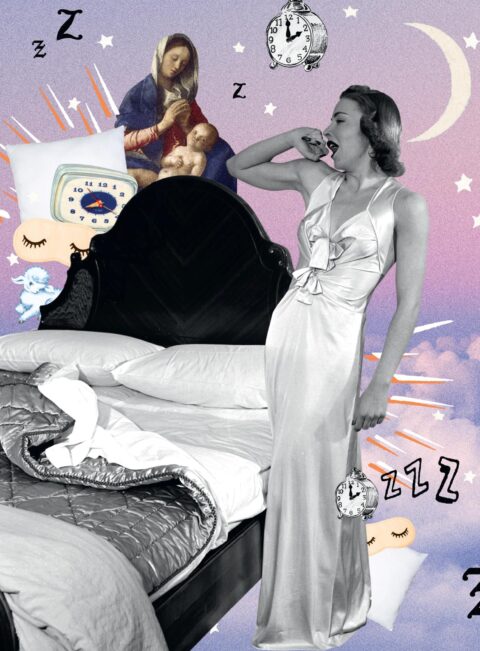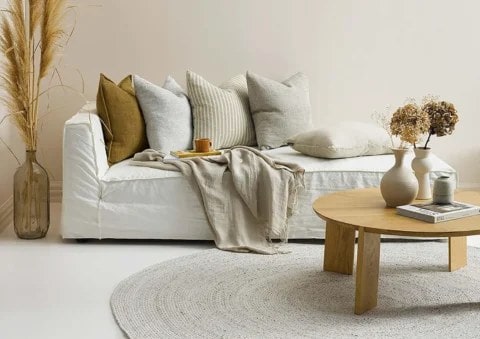Get over your worries about going grey, say women who are glad they ditched the hair dye. They tell Sharon Stephenson the shift to silver can be both liberating and glamorous.
They call it the Clooney Effect – the greyer the hair, the more attractive the man. Because, let’s be honest, society views men such as George Clooney as “silver foxes” – sexy, powerful and wise. Even the bird kingdom isn’t immune, with British ornithologists discovering that when certain male birds go grey, it sends the female of the species into a flutter.
Unfortunately, the same can’t be said for “silver vixens”. Letting nature take its course is still often taboo for women, and those who do embrace 50 shades of grey can be accused of letting themselves go.
A recent European survey, for example, found that more than 50 percent of executive women dye their hair, as opposed to just 3 percent of men. As one of the survey respondents put it: “Grey hair makes a businessman look distinguished, but it just makes a woman look old and tired.”
There are lots of reasons hair turns grey: genetics, stress, poor diet. The science behind it, though is simple: as we age, the pigment cells in our hair follicles gradually die. When there are fewer pigment cells, hair will no longer contain as much melanin and will become a more transparent colour – like grey, silver or white – as it grows.
Humans have been trying to dial back the grey tide ever since the ancient Romans applied boiled walnuts to their locks. Over the years, everything from plants and onion skins to turmeric and henna have been called into service, including a particularly low point at the turn of last century when early adopters of peroxide-based dyes often left the salon with violent headaches, swollen eyelids and blisters on their foreheads.
All about honesty
But in the last decade or so, women have started fighting back. High profile women such as Helen Mirren and Jamie Lee Curtis stopped dyeing their hair, as did Vogue fashion director Sarah Harris who said of her decision: “I’m embracing the rebelliousness of my grey hair. It is honest and non-conformist.”
American author Anne Kreamer, who wrote a book about going grey, believes “we only fool ourselves about how young we look with dyed hair.”
As part of her research, Anne conducted an experiment to see how men view women with grey hair, posting two profiles on a dating website – one of her with grey hair, the other with brown. Three times as many men wanted to date her with grey hair.
“Maybe the men sensed that if I was being honest about the colour of my hair, I’d be more accessible and easier to date,” wrote Anne. “Or maybe the grey made me stand out from the overwhelming majority of women on the site who colour their hair.”
According to a 2014 study by University of Kent sociologist Julia Twigg, ageing underwent a shift in the late 20th century, impacted by changes in work, the family, and personal identity.
“So-called ‘normative’ age patterns no longer exist,” wrote Julia. “Expectations for what’s appropriate at what ages are now highly individualised. You age the way you want to now, not the way you’ve been told to.”
A brave choice?
For Ange Meyer, that happened at 12 when she found her first grey hair. Shortly after, she started a long relationship with hair dye.
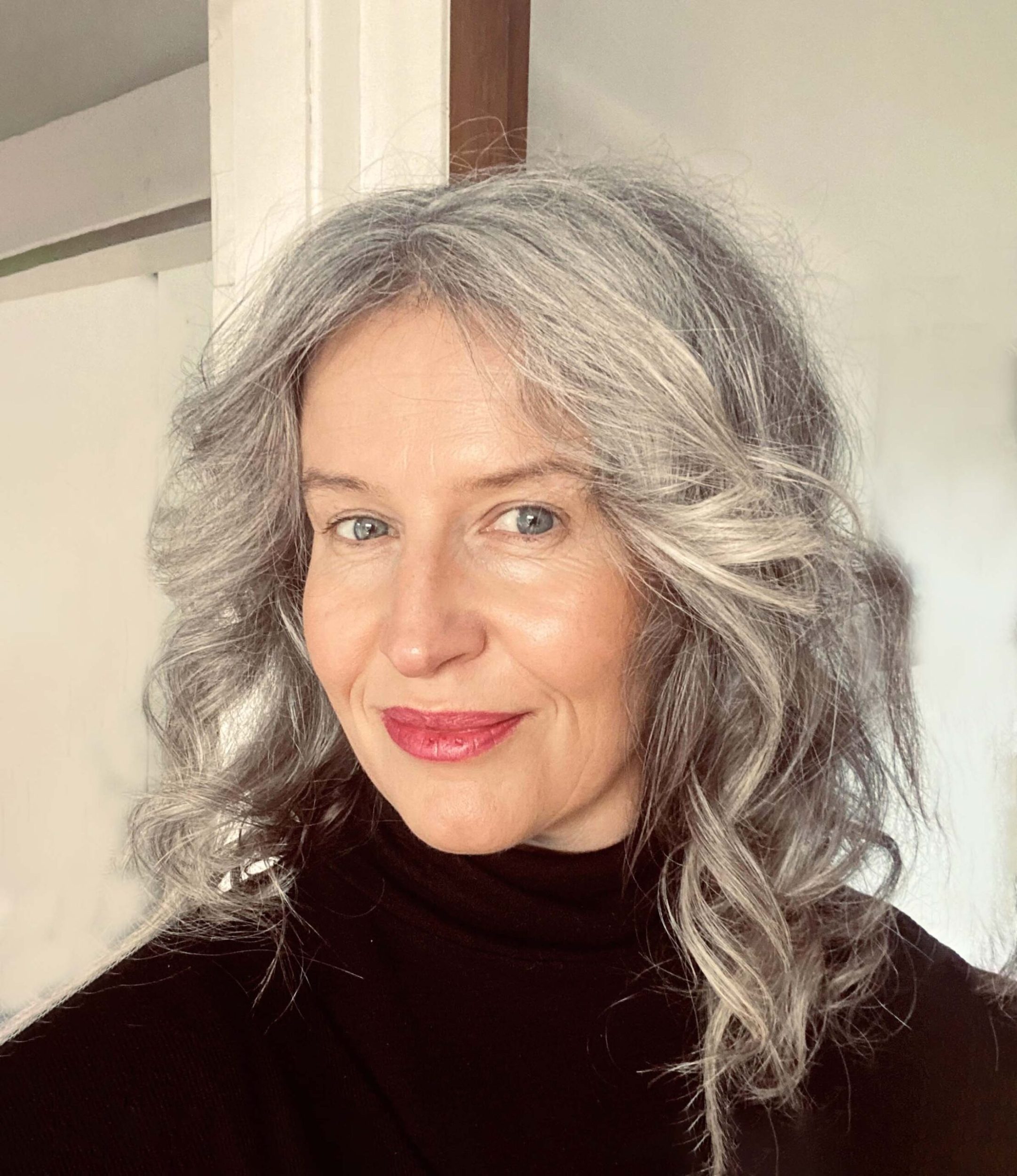
“I can’t tell you how much money and time I’ve spent over the years covering up the greys,” says the Wellington marketing consultant. “Society judges us on how we look and by dyeing my hair, I was buying into patriarchal standards of beauty. But although I no longer dye my hair, I still keep fit and use a good moisturiser, so it’s complex.”
The mother of a 12-year-old son says she made the decision to go naturally grey in 2016, shortly after her father died.
“It was a tough time, and then I had my hair dyed and felt really ill, like I’d been poisoned. I realised I couldn’t do this any more.”
Back then, there weren’t many grey-haired female role models and Ange often had women tell her how brave she was. Others advised her not to do it, that she was giving up any social currency she had and that it would be professional suicide for the marketing company she ran with a female friend for five years.
“I’m not sure we lost pitches because I was grey but I do know we lost some because we were women!”
Transitioning to a full head of grey hair was tough and Ange admits she almost caved in.
“One hairdresser didn’t know what to do with me – I looked youngish but had grey hair. He ended up giving me an old-lady hairdo.”
Ange now advises others to start by going lighter. “It’s a major change to go from dark brown to grey, so for about a year, each time I dyed my hair I went a lighter shade. This meant the regrowth wasn’t so obvious and the time between dye jobs was longer.”
Deep conditioning and hair treatments are also essential because grey hair can be dull and wiry.
Ironically, Ange gets more compliments on her grey tresses than she previously did. “Letting nature take its course was a hugely feminist act for me. People who say going grey is giving up don’t have a clue. I actually feel freer, because I’m no longer sucked into a system that tells me I have to spend money dyeing my hair.”
The power of going grey
For Amanda Bransgrove, the decision to step away from the dye bottle was harder than most. The 54-year-old has worked as a model since she was 18, including a year in New York with the elite Ford Modelling Agency.
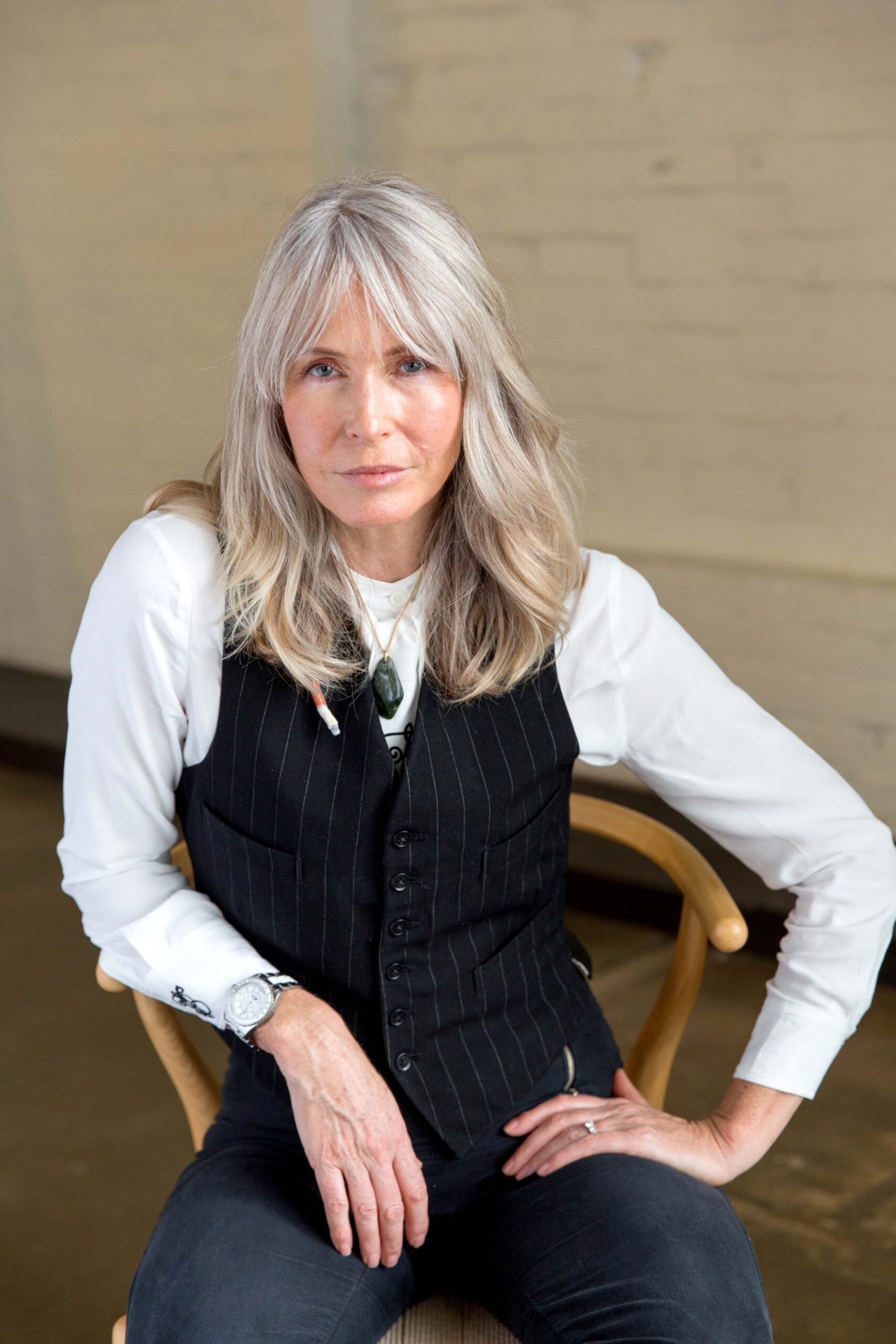
Later, she ran her own talent agency and worked as a photographer.
“I’ve always worked in industries where image matters,” says the Auckland woman, who has three adult children.
In 2014, told she was “reaching her sell-by date in front of the camera” and ready for a break, Amanda and her husband moved from Auckland to the Far North where being off the grid caused her to reassess her priorities.
“I’d been dyeing my hair since I was 14. My light-bulb moment came when I had my usual six-week dye and it was a horrible mauve shade and I thought, why am I colouring my hair when I can save time, money and be more natural? I started looking at images of Navajo Indian women who had grey hair and they looked so empowered. I realised there was power in going grey.”
Not everyone was on board with her decision – Amanda’s brother-in-law, for example, asked if she was lazy.
“The first 10 months of the transition were the hardest because you don’t go grey all at once, so you have to deal with badger stripes. The key is to be patient and grow it out and if that’s too hard, tie it up or wear a scarf or hat.”
When she was snapped up by modelling agency Silverfox, which specialises in mature models, Amanda knew she’d made the right decision.
Now booked for commercials and print adverts both here and across the Tasman, Amanda “feels like a goddess”.
“I don’t feel frumpy or invisible any more. Society doesn’t celebrate older women and the wisdom we bring, but my aim is to inspire other women to go grey. My advice would be to have a good cut and regular hair treatments to keep your hair looking shiny and healthy, because grey hair can be a bit flat and lacklustre. But do it – you won’t regret it.”
Switch it up for silver style
Auckland personal stylist Emma John, of Sisterhood of Style, offers some clothing and make-up tips to suit grey hair:
- Skin tone changes over the course of your life, so hold colours up to your face and see what makes your face and eyes light up. Wear more of that!
- Black, white and navy will really highlight the silver in your hair, so rocking a monochrome look will always be a winner.
- If the colours you’re used to wearing no longer suit your facial skin tone, change things up and wear those colours on your bottom half or as an accessory away from your face. Don’t ditch them completely.
- Get curious with make-up. Grey hair will probably frame your face in a more subtle way than your previous shade did. Embrace the change and use make-up to enhance what you have. Let your eyes pop or wear a bold lip to make for a striking contrast against the grey.
- Just like keeping your silver polished, your grey hair needs attention. Gift yourself a weekly hair mask and consider using products that add shine and hydration.
- Take the time to get to know what suits grey and silver hair. Don’t let it force you to feel older – instead, get a fabulous new haircut, go shorter than you ever have or try something new to give your confidence a boost.
Going grey fact file
- The age at which hair starts to lose its pigment is believed to be genetically predetermined.
- As we age, hair follicles diminish in size, producing fine hair.
- Women are going grey earlier. A UK survey found that some 32 percent of women reported finding a grey hair by the age of 30, compared with 20 percent two decades ago.
- Grey or white hair is, in fact, colourless or non-pigmented. It generally takes around 10-20 years for the pigment cells to die and for colour to be lost.
- Grey or white hair tends to be very absorbent and can pick up smoke and fumes, which can turn the hair yellow.
- Mature hair has a shorter growth cycle, so it cannot grow as long.

